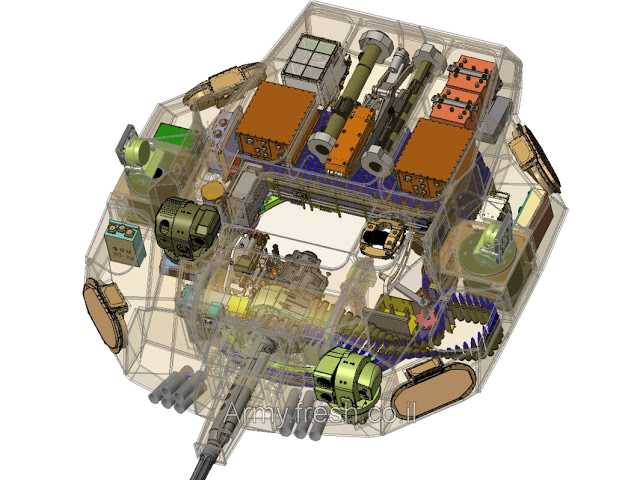It’s time for another classic showdown. Let’s look at two competing lightweight fighters. Specifically, the F-16 Viper and the F/A-18 Hornet. We’re going to keep this fair, so we’re generally looking at older Vipers, from back when both were in production. For a mid 90s procurement challenge, we’re going to have the F/A-18C/D Hornets go up against the F-16C/D Block 50/52 Vipers.
The F-16 was the fighter that (re)popularized the light fighter concept. It’s relatively small, has one engine, and a reasonable amount of capability. For a western fighter, it’s pretty cheap too. One engine means that the maintenance and support costs are going to be lower. Plus, it’s engine is common with that of the F-15, which is awesome if you operate the bigger type. It has possibly the most cockpit visibility ever. It can do any mission you please. It’s great.
The F/A-18 Hornet brings something a little different to the table. It’s got two engines, a navy-grade undercarriage, and some really fancy avionics for the time. The Hornet was small and advanced, but it cost more both to buy and to maintain. It’s also multirole, and was the first aircraft to shoot down enemy aircraft with missiles and complete a bombing mission on the same sortie in the Persian Gulf War. It’s also got great cockpit visibility.
So let’s break this down:
- Cost: Viper. Duh. Viper is cheaper to buy, cheaper to fly. Has just the one engine. And it’s the same engine used in the F-15, which is a big bonus if you also operate Eagles, because then you don’t need to add another engine’s parts to the support list. And we do operate Eagles.
Looking at FY98 prices for both (using total program cost for each, because that’s what I happened to find), Vipers will run $26.9M and Hornets will run $39.5M.
- Cockpit Systems: Hornet. The Hornet has three displays compared to the Viper’s two, and they’re bigger displays at that. The Hornet can run a moving map display too, which is really cool.
Engine Power: Viper. Even though it only has one engine compared to the Hornet’s two, the Viper has a lot more thrust, and a pilot can use this thrust to get out of trouble. Or take off quickly.
Low-Speed Handling: Hornet. The Hornet is a fantastically high-alpha jet. It performs well at low speeds and high angles of attack, so it’s a great turning dogfighter.
These two previous points mean that while the two aircraft fight very differently, they’re both very capable machines. Practical dogfight capability is a draw.
- Targeting Pods: Viper. Both aircraft have access to the full range of NATO FLIR targeting pods like LITENING, which use infrared-spectrum cameras and lasers to identify targets. However, the Viper can also mount the ASQ-213 HARM Targeting System pod, which allows for identification of type, bearing, and most importantly range of enemy radars. Accurate range data allows the AGM-88 HARM to be used more effectively.
Weapons Fit: Tie. Both aircraft can operate a wide variety of ordinance, with no significant differences between the two.
Jamming Systems: Tie. Mostly because both can mount modern ECM pod options, and those are a pain to compare with unclassified data. So we’ll call it a wash.
Towed Decoys: Viper. The Viper can be equipped with the ALE-50 towed decoy system. While the bigger Super Hornet can also be so equipped, the standard Hornet cannot.
Naval Capability: Hornet. If you want to operate your fighters off of carriers, the Hornet is CATOBAR capable and the Viper isn’t.
Twin Engines: Hornet. Lots of Hornet export customers like the twin-engine reliability, since they have big, foreboding, sparsely-populated regions. Like with Naval capability, if this is important to you, the Hornet gains points.
Radar Range, Track Fighters: Viper. Based on totally shady open-source materials, I’ve found the maximum radar range to track a small fighter to be 80 km for the Block 50/52 Viper (with the APG-68(V)7 radar) and 72 km for the F/A-18C Hornet.
Radar Range, Track Bombers: Hornet. The same source gives the F/A-18C Hornet a maximum radar range to track bombers to be 150 km and the Block 50/52 Viper with APG-68(V)7 radar a maximum tracking range of 140 km.
Recon: Hornet. The Viper requires a camera pod for reconnaissance missions. The Hornet can replace the gun and ammo package with a reconnaissance camera package,
Pending Upgrades: Viper. In the above, I’ve compared what was flying in 1998 for both aircraft. However, both Greece and Israel were looking to buy some Vipers, and a number of improvements were offered. Specifically, the Apg-68(V)9 radar and removable conformal fuel tanks were available for F-16s ordered in 1998, and both of these features were purchased by the Israelis.
Okay, so where do we come down for Borgundy? We’re going to go with the Viper. The Viper provides excellent multirole capability while also being relatively low cost to purchase and operate. As a bonus, it can have common engines with our Eagle/Strike Eagle fleet. In the late 90s, the Viper is not only super popular in the export market, but it also continued to see development. It does a good enough job at everything we’d like it to do, while also being cheaper than the competition. It’s superior SEAD functionality is a bonus, as we take that mission seriously.
Note that while I picked 1998 as the year for this, mostly because I had price data for that year, the conclusion is similar for other Hornet/Viper matchups of similar vintage. The key differentiators that would push for a Hornet buy are naval aviation (or a naval/land common fighter project) or large remote spaces that would lead to a favoring of a twin-engine design. Neither of which applies for Borgundy, unless the United States wanted to sell one of their (likely conventional powered) carriers to us as well.




